Not sure whether you need a visa to visit Vietnam as a Canadian in 2025? Wondering how long the process takes, what it costs, or what documents you’ll need? We’ve …
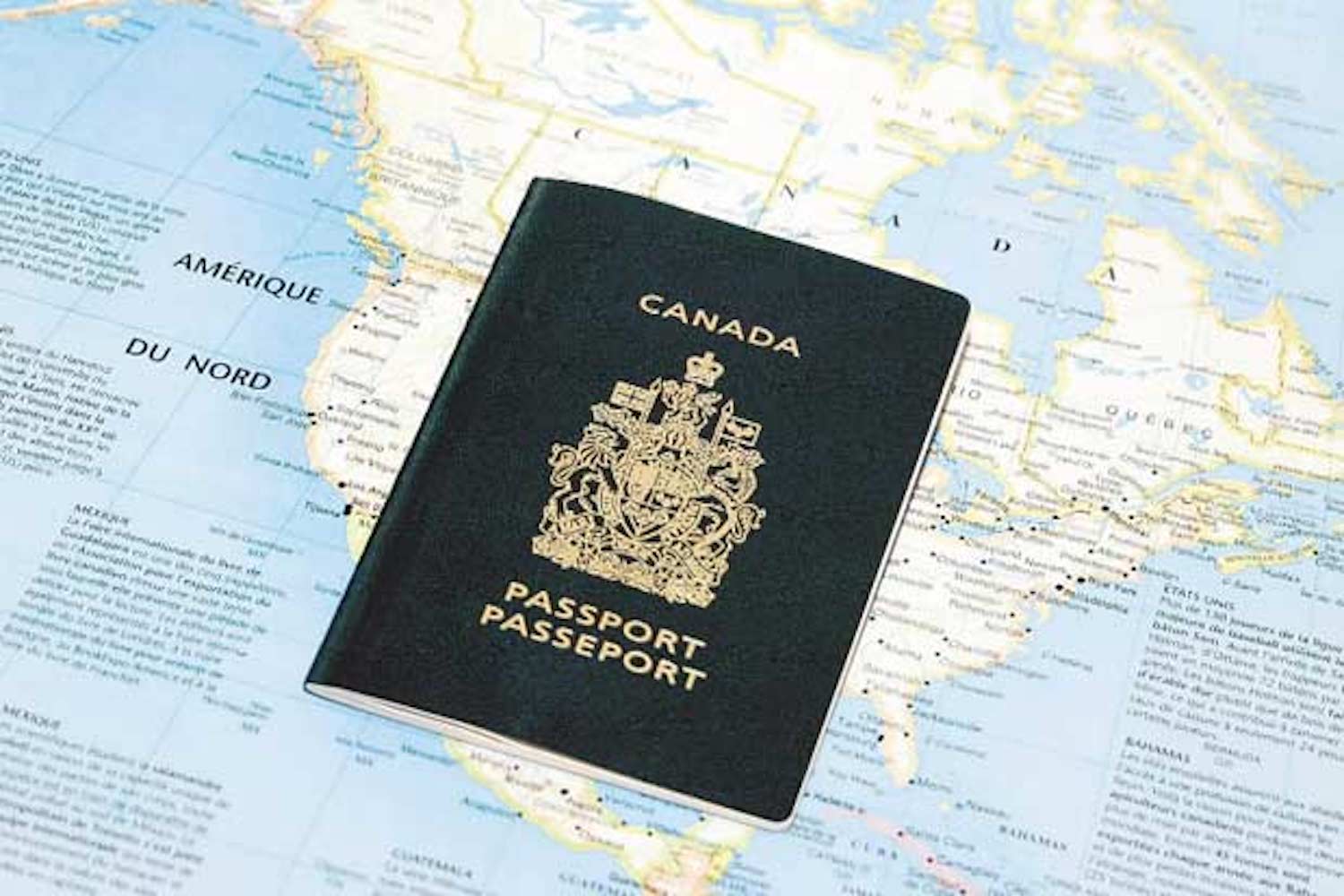
If you’re a Canadian passport holder planning a trip to Vietnam in 2025, there’s great news — the entire visa process can be done online. Vietnam’s electronic visa (E-visa) system makes visiting this incredible Southeast Asian destination more accessible than ever. Whether you’re heading there for leisure, business, or to explore the country’s diverse culture, this guide will walk you through everything you need to know about applying for a Vietnam E-visa as a Canadian traveler.
The Vietnam E-visa is an official electronic visa issued by the Vietnamese Immigration Department that allows travelers from select countries — including Canada — to apply entirely online. This system was introduced to streamline the visa process, reduce paperwork, and eliminate the need for embassy visits.
This visa allows for stays of up to 90 days and offers both single-entry and multiple-entry options. The E-visa is suitable for a variety of travel purposes including tourism, business trips, attending events, or visiting friends and family. The convenience of applying online means you can complete the entire process from your home in Canada without the hassle of mailing documents or scheduling interviews.
Compared to traditional visas or Vietnam’s Visa on Arrival, the E-visa provides a smoother experience. Once it’s approved, your visa is emailed directly to you as a PDF. All you need to do is print it and present it upon arrival in Vietnam. No waiting in line at the airport, no extra documents needed on arrival.

Yes, Canadian citizens are eligible to apply for the Vietnam E-visa. As of 2025, Canada remains on Vietnam’s list of approved countries for electronic visa applications. Thousands of Canadian travelers have used the system successfully, and it continues to be a preferred method for entry into Vietnam.
The E-visa is accepted at a wide range of official entry points. These include international airports such as Tan Son Nhat in Ho Chi Minh City, Noi Bai in Hanoi, Da Nang, and Cam Ranh in Nha Trang. It’s also valid for major land border crossings like Moc Bai, Lao Bao, and Ha Tien, as well as seaports including Hai Phong, Ha Long, and Ho Chi Minh Port. It’s important to note that you must enter and exit Vietnam through the ports you declare during your visa application.
For Canadians who enjoy planning their own travel or prefer to avoid dealing with embassies, the E-visa is a straightforward and reliable option. Just make sure to follow the instructions closely and choose the right entry point when applying.
Applying for your Vietnam E-visa is simple if you follow these steps:

To apply successfully, Canadians need only a few essential items: a valid passport (with at least six months remaining validity from your arrival date), a clear passport-style photo, and an internet connection to submit the application. That’s it.
Common mistakes to avoid include uploading unclear or improperly sized images, providing incorrect passport details, and choosing a port of entry that doesn’t accept E-visas. Always double-check all information before submission to avoid delays or rejection.
To minimize the risk of mistakes, many travelers opt to apply through Vietnam Immigration. Their team can help verify your information, ensure your documents are correct, and increase the chances of a successful application.
Can Canadians use the E-visa for tourism purposes?
Yes, Canadian travelers can apply for the E-visa for tourism, business, family visits, and other short-term purposes.
Is the multiple-entry E-visa option available for Canadians?
Yes. When applying, you can choose between a single-entry and multiple-entry E-visa based on your travel plans.
How far in advance should I apply?
It’s recommended to apply at least one week before your trip. If you’re traveling during holidays or peak season, apply even earlier.
Can I extend my E-visa while in Vietnam?
No, E-visas cannot be extended from within Vietnam. You’ll need to leave the country and reapply if you want to return.
Can I use the E-visa to enter Vietnam by land or sea?
Yes, provided that the border checkpoint or port is listed as one of the official E-visa entry points.
Do I need an approval letter for the E-visa?
No, approval letters are only required for Visa on Arrival. The E-visa is a complete authorization on its own.

For Canadian citizens, the Vietnam E-visa is the most efficient way to secure entry into Vietnam for trips in 2025. With an easy-to-follow online process and quick approval times, this system helps travelers avoid the delays and paperwork of traditional visa methods. If you want to ensure everything is handled correctly, consider submitting your application via Vietnam Immigration. Their experienced team helps streamline the process and keeps your travel plans on track.
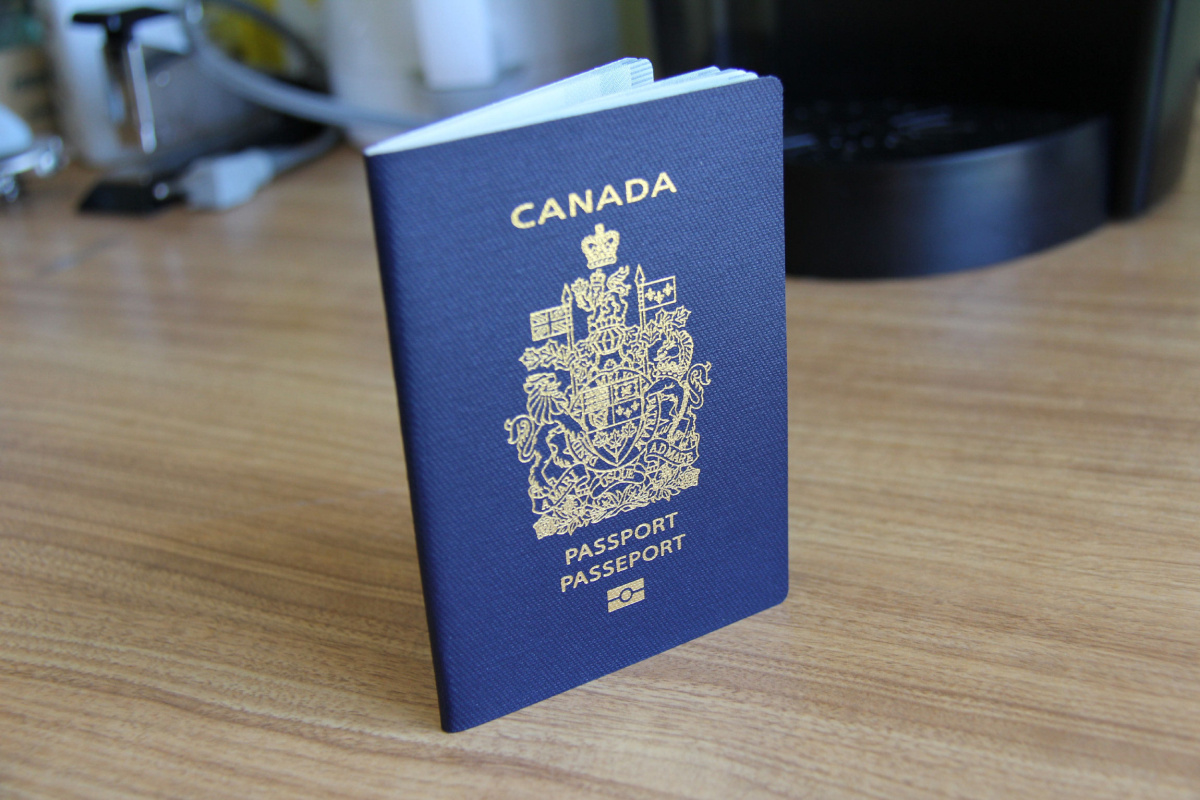
Not sure whether you need a visa to visit Vietnam as a Canadian in 2025? Wondering how long the process takes, what it costs, or what documents you’ll need? We’ve …
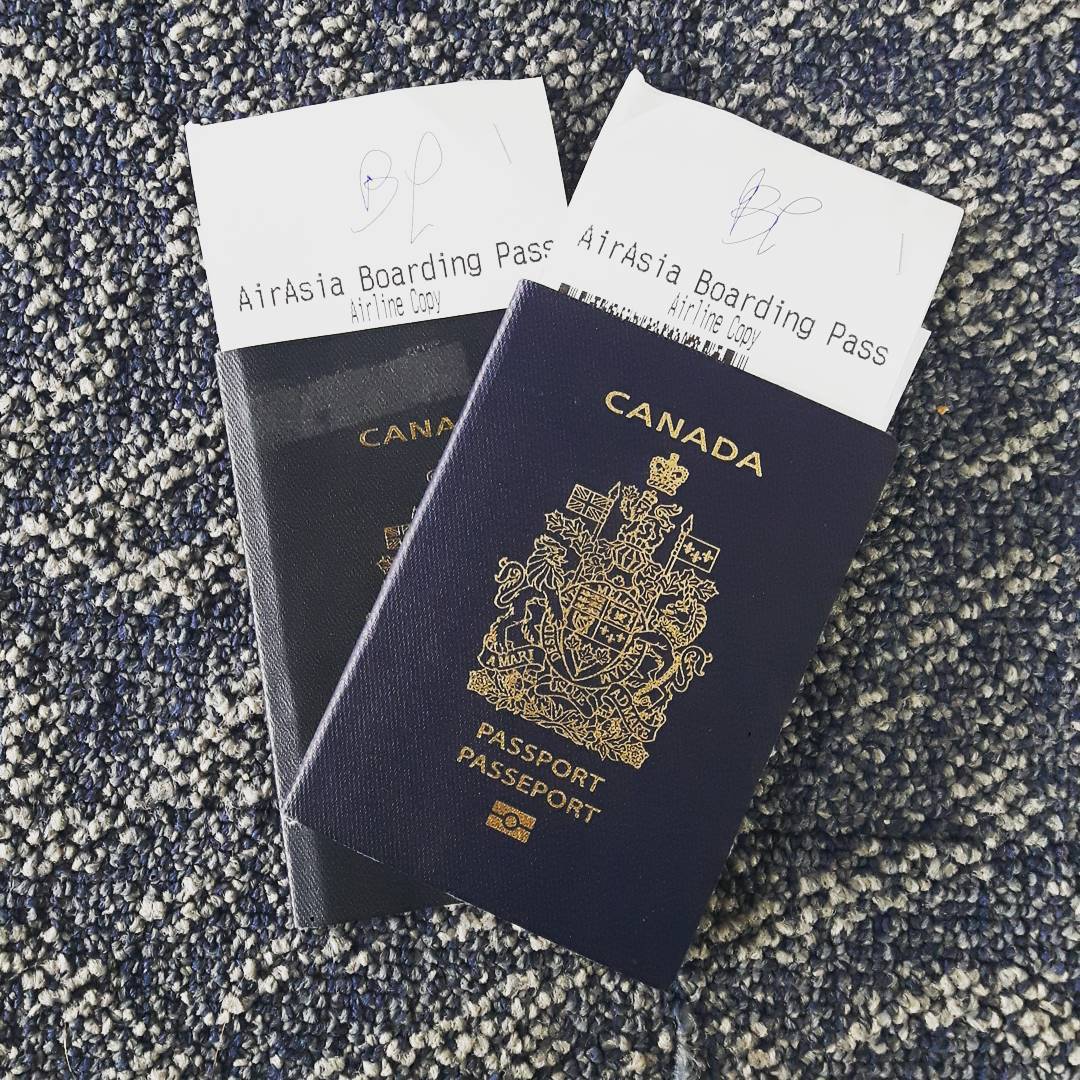
Planning to visit Vietnam in 2025 but not sure whether to apply for the e-visa yourself or hire a service? On one hand, doing it yourself might save you some …
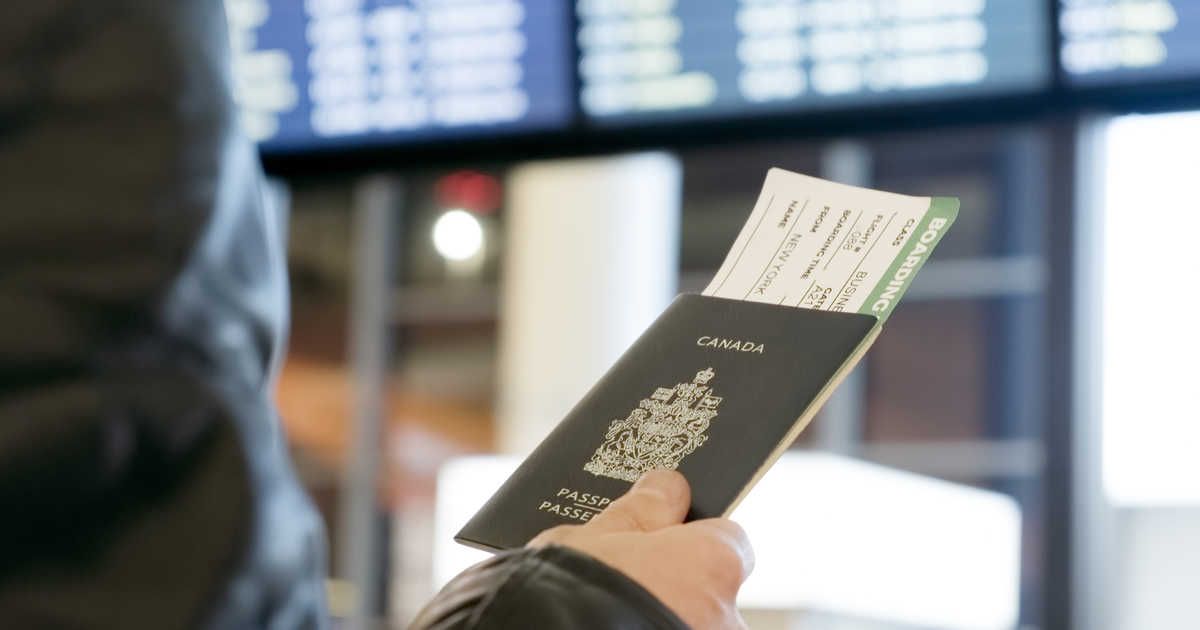
Planning a getaway from Canada to Vietnam’s scenic central coast? If Danang is your arrival point, getting a Visa on Arrival (VOA) could be one of the most convenient options …
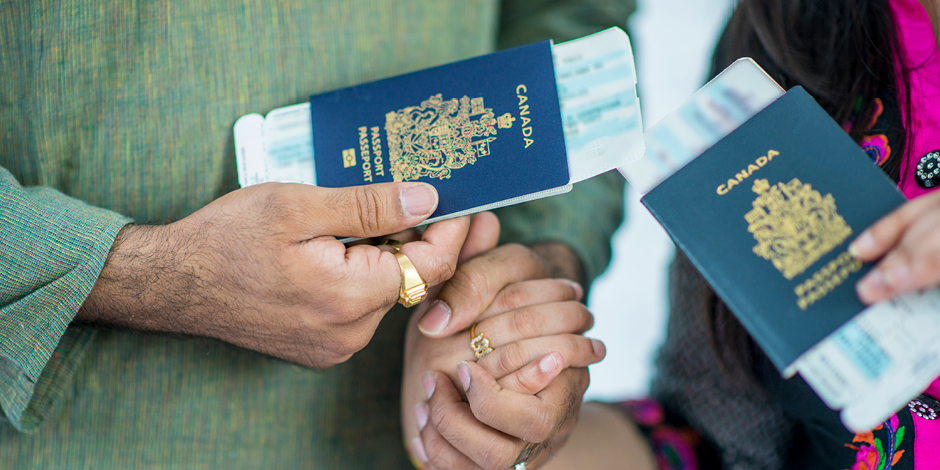
Are you too busy to deal with complicated visa paperwork? Tired of confusing procedures, long waits, and not knowing what comes next? It’s time to let the experts handle it …

You’ve booked your flight. You’re counting down the days. But wait—do you actually know how to apply for your Vietnam visa from Canada in 2025? Don’t let outdated info or …
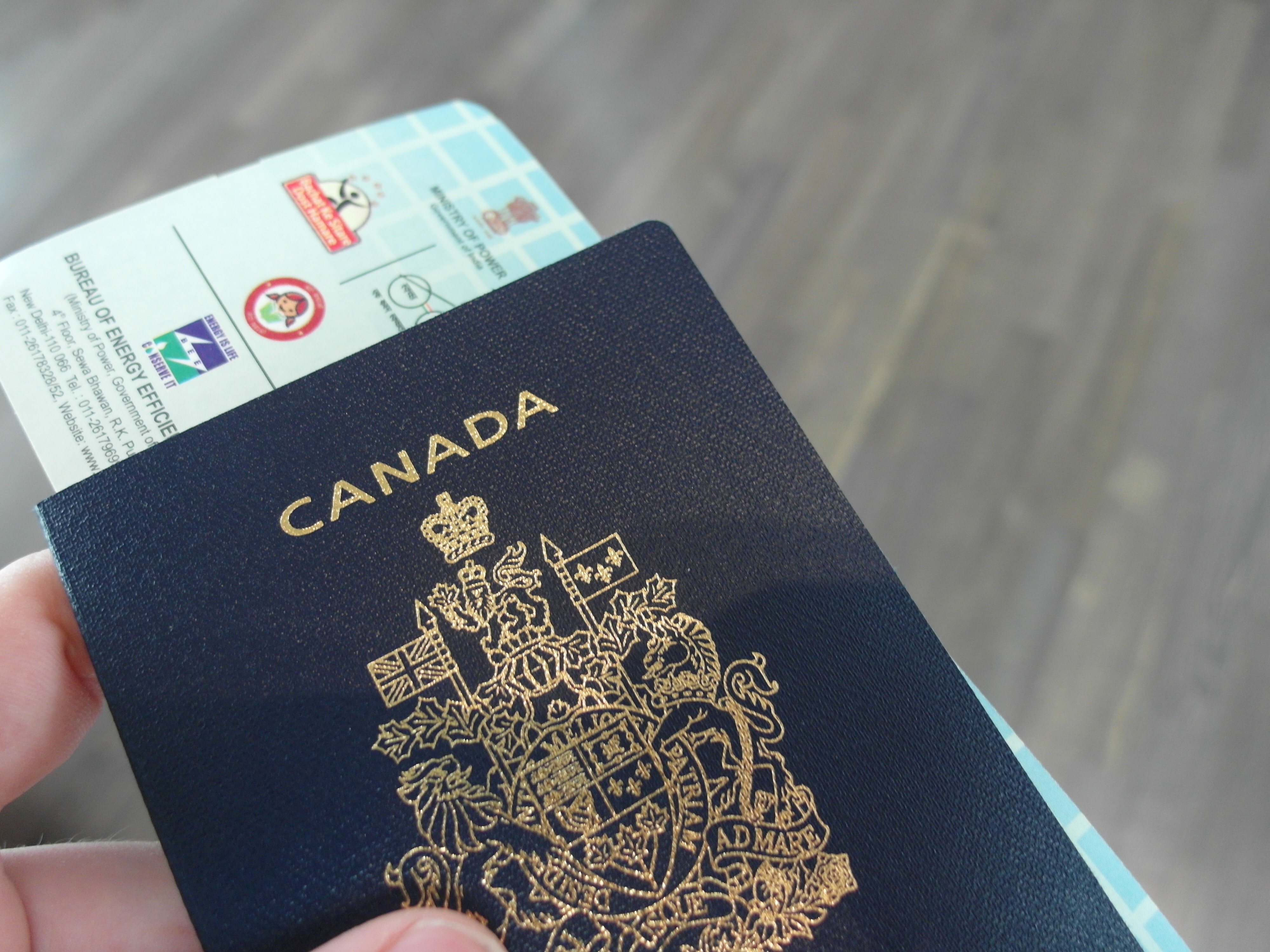
With the reopening of the airport’s landing visa policy, passengers from all over the world may once again get visas upon arrival at Noi Bai. This page will explain the …

